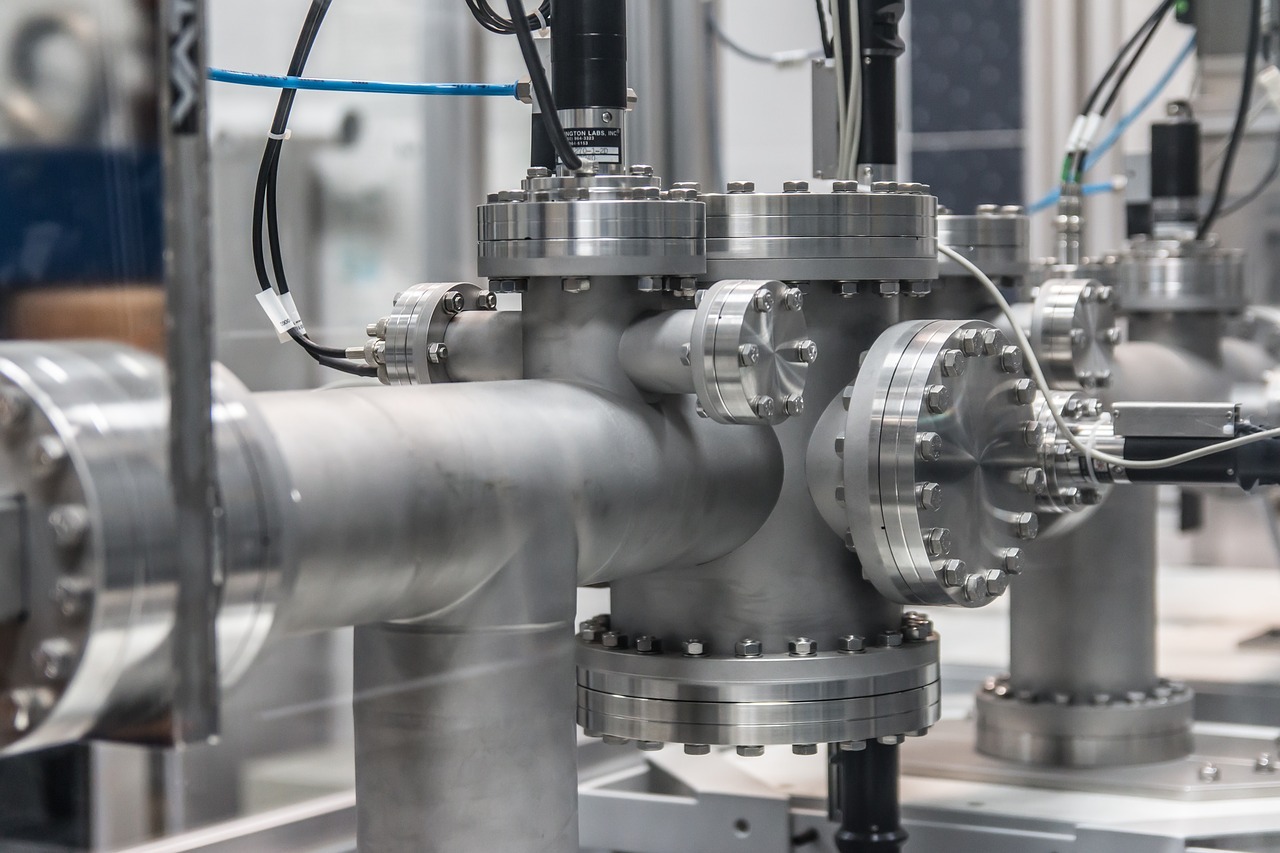At $7 Will Add To Inflationary Pressures
- Gas flirts with another big figure
The ‘peak inflation’ trade is back in vogue today as Treasury yields dip and equities rebound. A big part of that argument is that the reversal in the pop in gasoline prices from March to April will lead to a negative reading on April CPI; and that the year-over-year comps get tougher from there.
That’s all true but gasoline isn’t the only factor in energy costs. Have a look at natural gas in the US, which is up 52% since March 16 and 25% since the start of the month. The settlement today will almost-certainly be the highest since 2008.

Notably, natural gas takes longer to show up in higher prices. Home heating price increases lag and US natural gas is used intensively in power generation, which will mean higher bills for electricity. That can the flow through to higher goods prices as industry passes on the costs.
The good news is that natural gas is plentiful in North America so oil and gas companies should be able to adjust. They can absolutely print money at these levels of gas, though they’re undoubtedly looking further out the strip where prices fall back below $4 (which is still very high based on the past decade).

The question is how quickly can drilling ramp up? There are growing complaints from drillers about the inability to find staff and to source materials like steel pipe/casing. I’ve written about this frequently and I still think it’s poorly understood.
At the same time, US coal-fired power plants are continuing to switch to natural gas, adding to demand. On top of that, Mexico is importing more US natural gas and LNG is going full out (though LNG demand is nothing new and should have been priced in). Over the longer-term, it’s fair to price in more LNG because of the war but that won’t come online until 2026 at best.
US natural gas inventories have improved in the past two months but they’re still tight. And when adjusted to days of demand rather than absolute numbers, the picture worsens.

Finally, the picture in Canada is much tighter with inventories 34% below the 5-year average on a cold winter (Winnipeg is getting another 50 cm of snow today as well).
Overall, I think natural gas may have overshot here but natural gas prices will remain at historically high levels and that will keep heating and electricity costs high, adding to the inflationary impulse.

